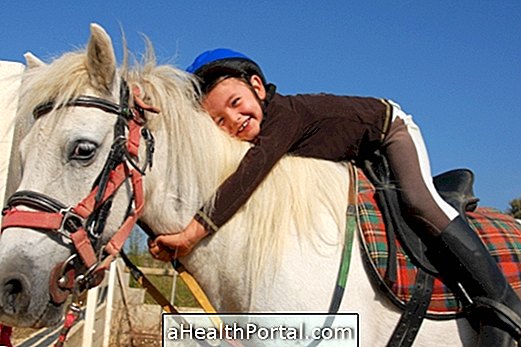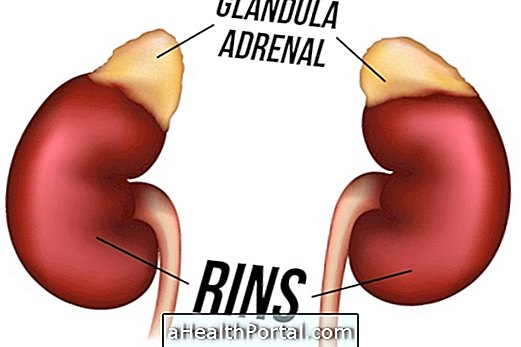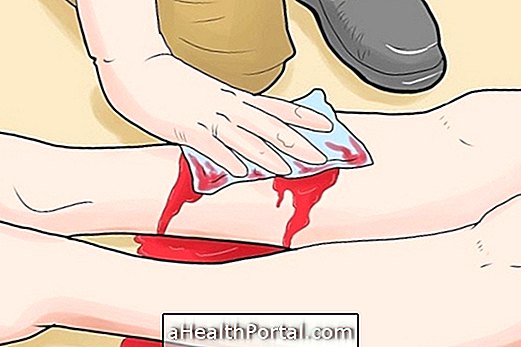Equine therapy, also called equitherapy or hippotherapy, is a type of horse therapy that serves to stimulate the development of mind and body. It serves to supplement the treatment of individuals with disabilities or special needs, such as Down syndrome, cerebral palsy, stroke, multiple sclerosis, hyperactivity, autism, children too restless or with difficulty concentrating, for example.
This type of therapy for people with special needs must be done in a suitable and specialized environment, since the horse must be tame, docile and well trained so that the person's development is stimulated and the treatment is not compromised. During all sessions it is important, in addition to the horse trainer, the presence of a therapist, who may be a specialized physiotherapist, psychomotrician or speech pathologist, for example, to guide the exercises.
Generally, sessions last about 30 minutes, are held once a week and can be attended by people with special needs regardless of age, unless you have contraindications.

Benefits of Equine Therapy
Equine therapy is a great therapeutic option especially for children with special needs, since the exercises performed on the horse alters the response of the central nervous system and allows improvement in posture and perception of movement. The main benefits of hipotherapy are:
- Development of affection, due to the person's contact with the horse;
- Stimulation of tactile, visual and auditory sensitivity;
- Improvement of posture and balance;
- Increases self-esteem and self-confidence, promoting a sense of well-being;
- Improves muscle tone;
- It allows the development of motor coordination and perception of movements.
In addition, equine therapy makes the person more sociable, facilitating the integration process in groups, which is very important.
Equine therapy in Autism
Equine therapy achieves optimal results in patients with autism because it improves social interaction, language and emotional area. This is because the child learns to overcome some fears, improves facial expression, looks in the eyes, waves saying goodbye and seeks to make friends with those present in the sessions.
However, every child has their needs and therefore the exercises can vary from child to child as well as the time at which results can begin to be noticed. Learn about other treatment options for autism.
Hipotherapy in Physical Therapy
Equine therapy can be used as a therapeutic resource in physical therapy because it achieves innumerable postural benefits because the riding of the horse causes a series of reactions in the patient's body, causing him to always be in search of his own balance.
The horse can transmit rhythmic impulses to the legs and torso of the patient, leading to contractions and relaxations that facilitate the perception of the body itself, the notion of laterality and the maintenance of balance.
The results can be seen in a few sessions and, as the treatment is seen playfully for the parents and the patient, the feeling of well-being at the end of the session is easily observed.



















.php)

